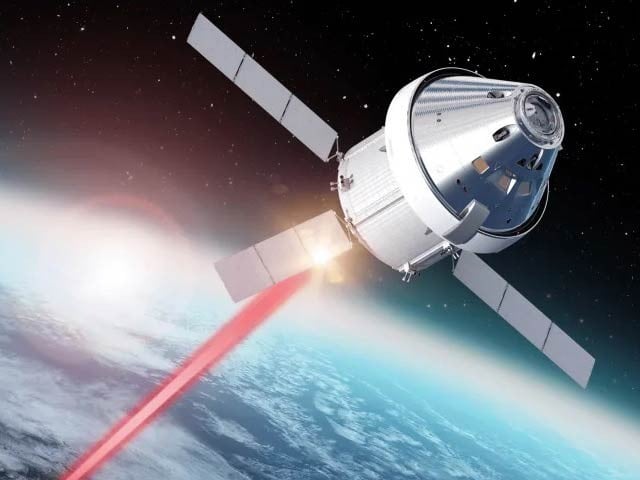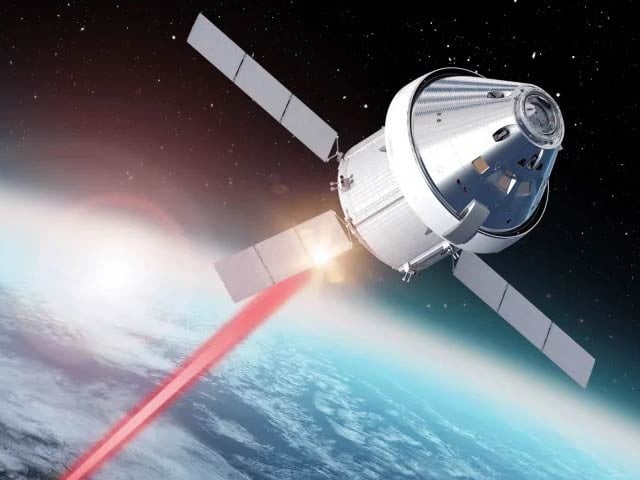
In 2024, the Artemis Two mission capsule will make several orbits around the moon and send us HD video of the lunar surface. Photo: Courtesy of NASA
Pasadena, California: The Artemis-2 mission to the Moon next year will use laser-based optical communication technology in space for the first time. In this way, such videos of the surface of the moon can be seen which were not possible until now.
As part of NASA’s new lunar mission, Artemis Two, the Orion space capsule will be placed on an SLS rocket and sent into lunar orbit in November 2024. Four astronauts in it will circle the moon for ten days and return to earth.
Meanwhile, for the first time, high-quality videos of the moon will be sent to Earth using laser technology under the ‘Ottowave’ or optical communication system. In this way, data will be sent to Earth at 260 megabits per second, which will allow us to see the best video footage of the Moon in real time.
This system will also be able to exchange mission details, messages from scientists and other information. In this way, a new chapter of space communication will also open. Earlier traditionally we relied on radio communications. Many antennas are installed to receive the radio messages and the radio signals are heard from them. Compared to this, data transfer with laser technology increases many times and will also accelerate.
This is why Earthlings will be able to observe the lunar surface in a completely new way during the critical phase of the lunar reoccupation in 2024.
(function(d, s, id){
var js, fjs = d.getElementsByTagName(s)[0];
if (d.getElementById(id)) {return;}
js = d.createElement(s); js.id = id;
js.src = “//connect.facebook.net/en_US/sdk.js#xfbml=1&version=v2.3&appId=770767426360150”;
fjs.parentNode.insertBefore(js, fjs);
}(document, ‘script’, ‘facebook-jssdk’));
(function(d, s, id) {
var js, fjs = d.getElementsByTagName(s)[0];
if (d.getElementById(id)) return;
js = d.createElement(s); js.id = id;
js.src = “//connect.facebook.net/en_GB/sdk.js#xfbml=1&version=v2.7”;
fjs.parentNode.insertBefore(js, fjs);
}(document, ‘script’, ‘facebook-jssdk’));



